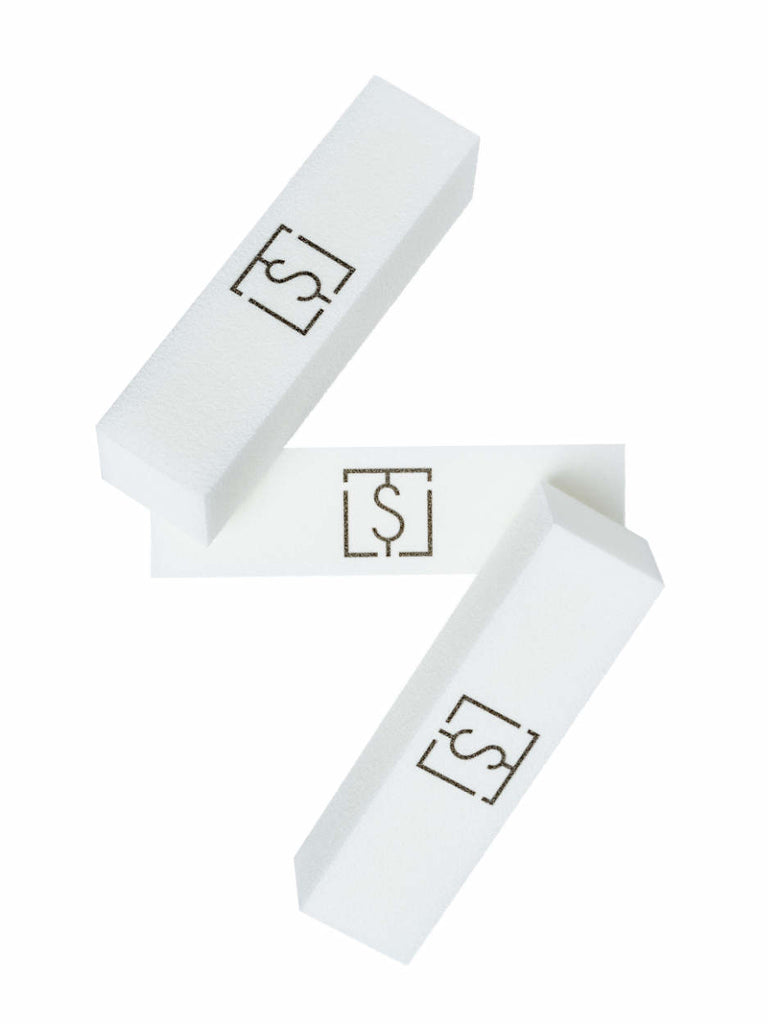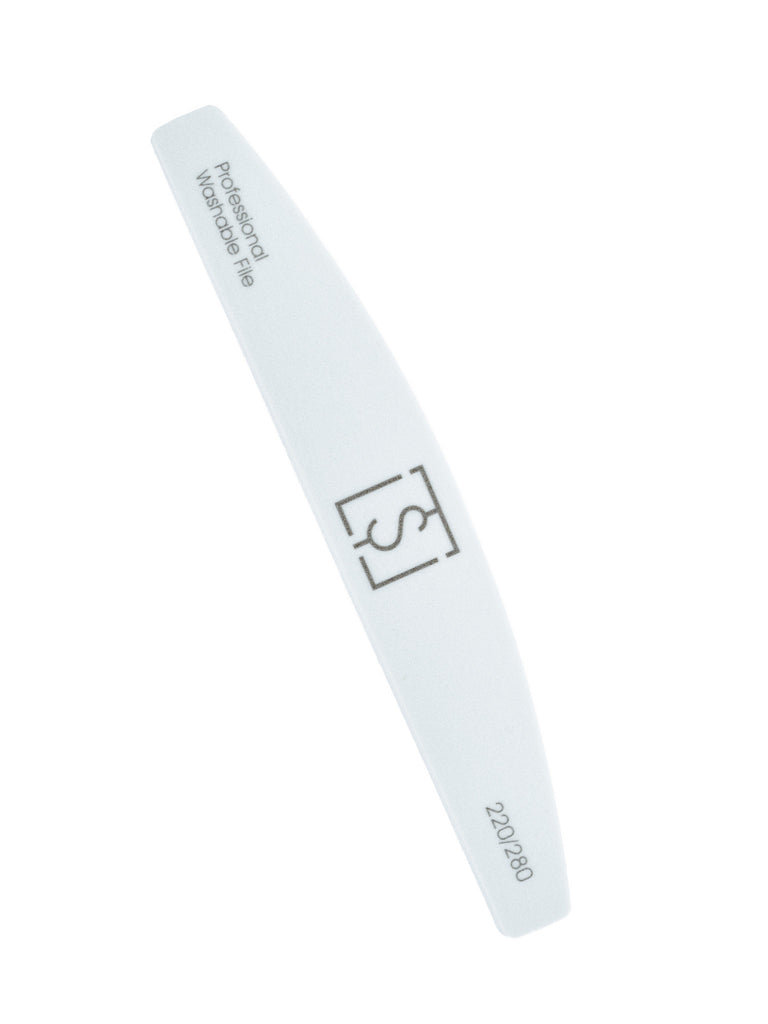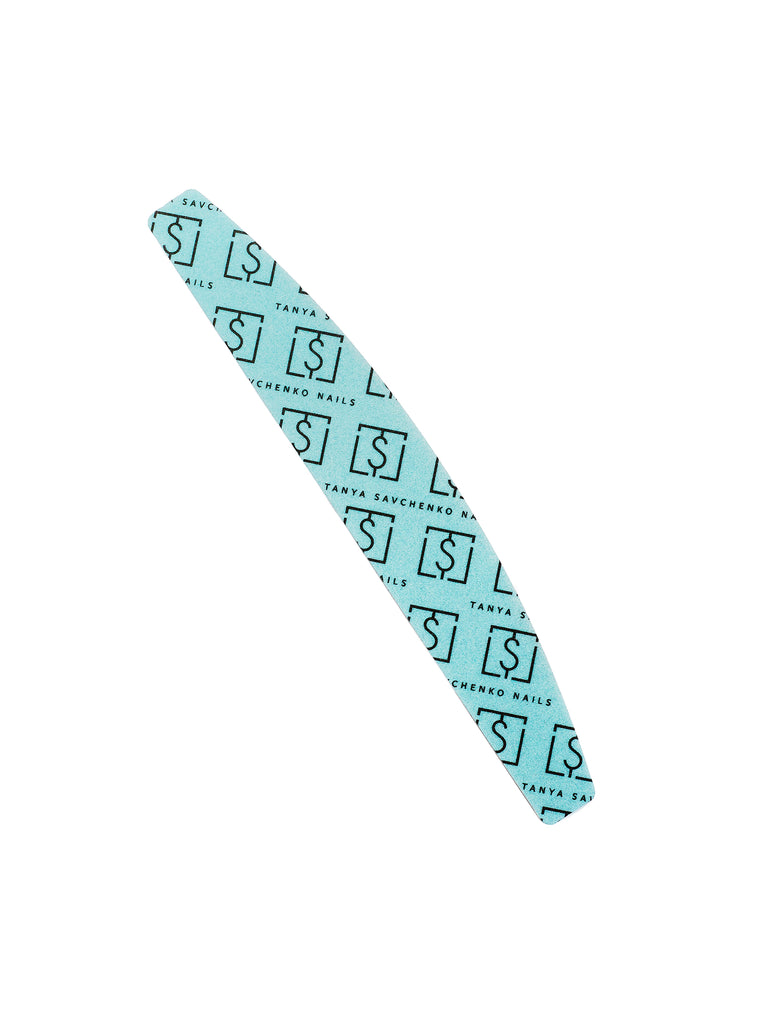Hot or Not: Japanese Manicure
You might have already seen it on social media: the Japanese manicure. The treatment seems to be gaining popularity, and more and more nail stylists and salons are offering it. But what exactly does a Japanese manicure entail, and does it really add anything?
A Japanese manicure is a treatment that enhances the natural nail's natural shine without the need for artificial products like gel or a biab. By using products like polishing paste or polishing powder with added vitamins and keratin, the natural nail is nourished and strengthened. The result: the natural beauty of healthy nails, without harmful or risky products.
History of the Japanese manicure
The traditional Japanese manicure goes back a long way, when grooming in Japan was more than just beautification; taking care of one's appearance and beauty was also a ritual and an expression of discipline. Samurai warriors, for example, even practiced nail care as a form of meditation. The modern Japanese manicure we often encounter today is based on a traditional Japanese technique called "Tsume-Migaki." This method is a simple approach aimed at nourishing, strengthening, and polishing nails with ingredients like beeswax, seaweed extract, and ground pearl powder.
Steps modern Japanese manicure:
- Preparation: Old nail polish is removed, and the nails and surrounding skin are cleaned. A gentle scrub or exfoliant may be applied if desired.
- The cuticles are treated and loose skin is removed.
- The nail surface is smoothed with a soft buffer.
- A polishing paste is applied to the nails and massaged in.
- The nails are then further polished with polishing powder and a soft cloth, which results in a mirror-like shine of the nail surface.
- Finally, the nail plate and surrounding skin are hydrated with a nourishing cuticle oil or serum.
Benefits of Japanese manicure
There are certainly a number of advantages to treating the natural nail in this way, but the results will only be maintained if the treatment is repeated regularly.
The natural nail plate is hydrated with oil, and by applying beeswax and polishing it into the nail plate, it is effectively sealed. These products prevent the nail plate from drying out in the air as quickly and therefore less likely to split, tear, or break.
However, adding seaweed extract, minerals, vitamins, or keratin externally to the already formed nail plate has no proven benefit. The cells of the nail plate are formed internally from the nail matrix. Only taking supplements containing these vitamins and minerals can have some effect on the formation of the nail plate, but other factors, such as genetic predisposition or possible health conditions, also play a role.
Polishing; do or don't?
As we now know, the Japanese manicure technique involves a great deal of polishing. So, what exactly is polishing? Polishing is a process that smooths surface imperfections and roughness. This is usually done in several steps, using progressively finer grit (the grit of a nail file). The first step smooths visible ridges, the next step reduces visible lines, and this can be repeated up to six times. The final step uses such fine grit that the surface can be polished to a high gloss.
The frequent polishing of the nail plate during Japanese manicures can result in the nail plate becoming increasingly thinner. Consequently, the nail, despite its healthy appearance and shine, is no longer as strong as it once was. The nail will tear more easily and, in some cases, even become sensitive, as the natural protection of the nerve endings in the fingertips has become increasingly thinner.
Alternative to the Japanese manicure
Want to offer your clients a treatment that showcases the natural beauty of their nails, without using gel or artificial products, but with products from the TS Nails range? The following steps will give you the same results with minimal stress on the natural nail plate:
- File the natural nail short and into shape with a 240 grit hand file .
- Perform a gentle manicure with a cuticle remover and a pusher . This removes dead skin cells from the nail plate without having to use an electric file.
- If desired, you can trim the transparent, loose skin from the cuticle with manicure scissors or cuticle nippers .
- Cleanse the nail plate with water to remove any residue of the cuticle remover.
- Using a soft buffer file (220 grit), carefully smooth the surface of the nail.
- Remove visible dust with anail brush .
- Using the 400 grit side of a polishing file (for example, the green side of the TS Magic Shiner file), smooth the nails further.
- Apply a drop of nail oil ( TS Cuticle Bliss ) to the nail plate and massage it in, also over the cuticles and side walls.
- Then, using the smooth side of the polishing file (the white side of the TS Magic Shiner), polish the nail plate to a high gloss.
To avoid unnecessarily thinning the nail plate, we recommend not performing this treatment more often than once every three weeks.






